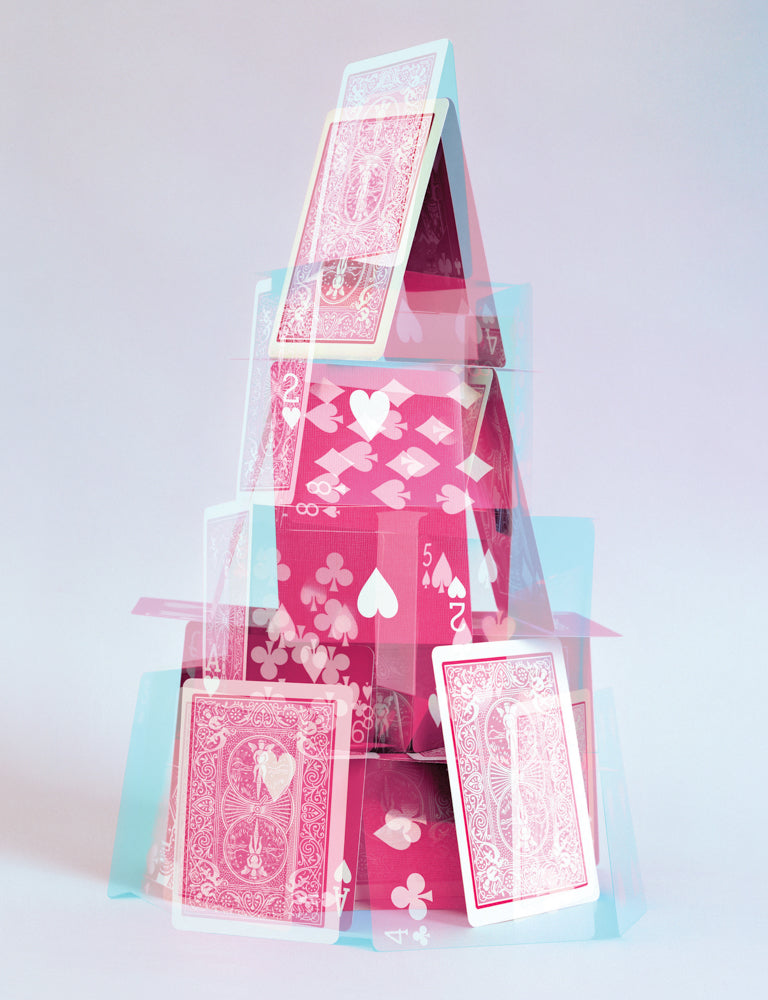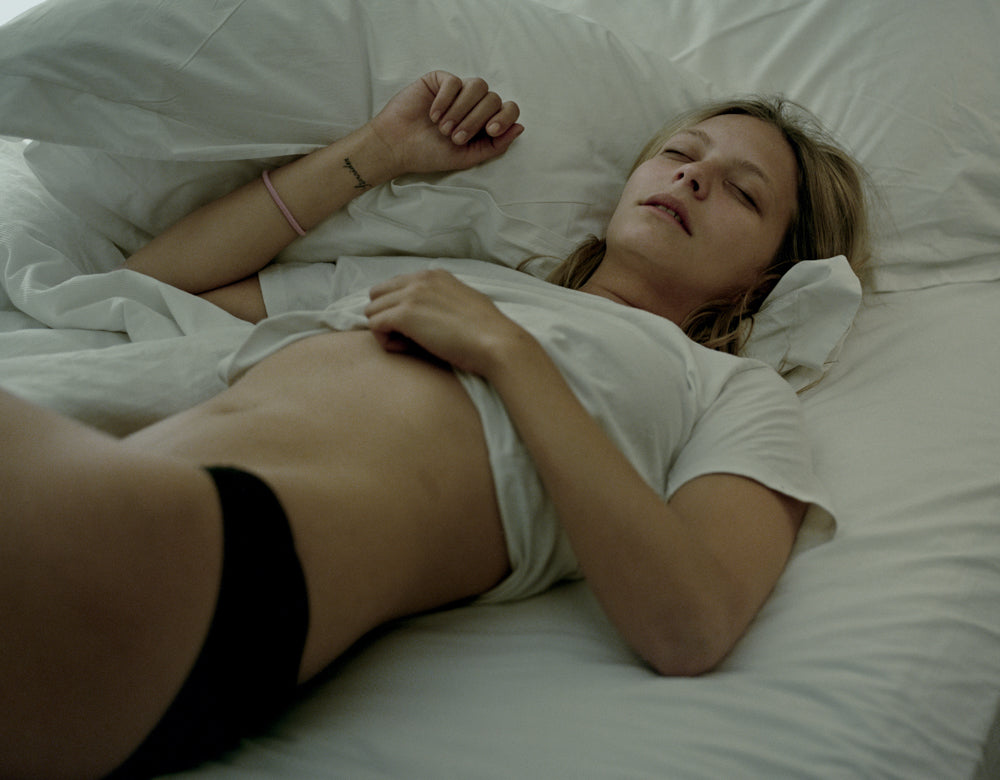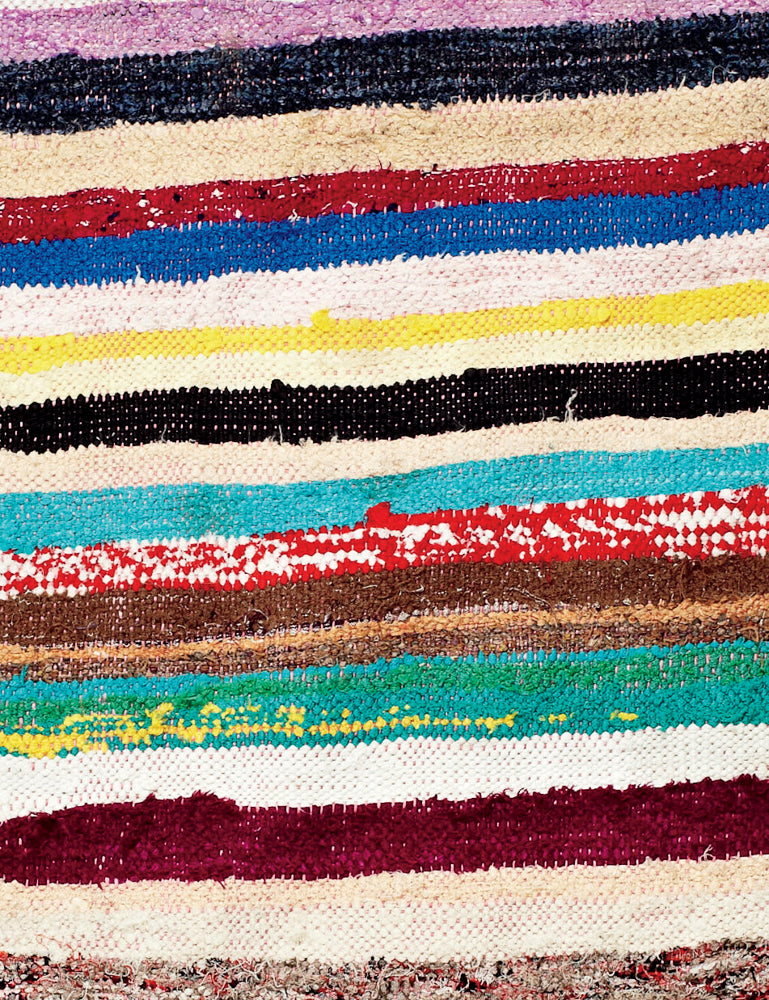
Redheaded Peckerwood
REDHEADED PECKERWOOD


Photographer Christian Patterson followed the trail of two Eisenhower-era teenage serial killers for his cult book, Redheaded Peckerwood. This true-crime story has captivated the public for generations — it was the basis for Terrence Malick’s film, Badlands. Patterson’s images represent the artist coming to terms with acts of violence that still echo decades after the fact.
Crime fiction, the genre with murder as its defining event, has enjoyed widespread appeal since the late 19th century. One of the most imaginative approaches ever taken to the crime story was the Murder Dossier series created by Dennis Wheatley and J.G. Links in the 1930s. The dossiers eschewed conventional narrative. Produced as cardboard folders reminiscent of a detective’s file, they contained text and physical clues for the reader to decipher — facsimile documents such as letters, newspaper articles, and photographs, as well as items small enough to fit into the folders, like cigarette butts, hairs, and ticket stubs.
A cross between a parlor game and a mystery novel, a work from the Murder Dossier series left it to the reader to reconstruct events and solve the crime. The innovative fracturing of narrative and use of tangible real-world objects to enliven the story made the dossiers wildly popular.


"This is a crime story told through a complex mix of photographs, text, and documents that we are expected to turn over in our hands and minds."
Photographer Christian Patterson’s book Redheaded Peckerwood also presents a crime story through a complex mix of photographs, text, and facsimile documents — expecting us to turn over the information and objects, in our hands and minds. The photographs and documents invite us to navigate dramatic and banal moments within the storyline and to deduce clues as if at a real crime scene. Unlike the dossiers, however, Patterson’s project has a tragic, real-life backstory: the string of murders conducted by teenage lovers Charles Starkweather and Caril Ann Fugate in the winter of 1957–58. Their crimes do not need to be solved. Instead Patterson endeavors to open up their story to further interpretation and reflection.
In 2005, Patterson saw Terrence Malick’s 1973 film Badlands, which he learned was inspired by the true crimes of Starkweather and Fugate. Patterson began researching and retracing the murders through Nebraska and Wyoming. He quickly discovered extensive documentation of the case. He mined the archives of the Lincoln Journal-Star and the Nebraska State Historical Society, visited some of the murder sites and places of significance such as the Nebraska State Penitentiary, and met people associated with the story. He collected and borrowed objects along the way to be photographed, some of which had belonged to or been used by the murderers or their victims. Patterson also interviewed many strangers in coffee shops, bars, and corner stores as he traveled. As one of the biggest news events in Nebraska’s history, the story gave him the impression that everyone there was somehow connected to the case.

The Starkweather-Fugate story has often been an inspiration for popular culture. Numerous movies, books, and songs have been based on the killings. In keeping with the popular versions of the story, Patterson takes an interpretive approach to the real events. Although he includes some appropriated photographs and documents that stem directly from the crimes, he does not attempt to piece together the precise circumstances of the murders or any overarching narrative. Instead, he photographs places and objects relevant to the story, as well as some effects that refer to the movies and other cultural adaptations of the crimes. A pair of cowboy boots, for example, shot as if for a catalog or advertisement, are reminiscent of the boots worn by actor Martin Sheen in Malik’s movie. The boots Patterson shoots, however, are worn out and broken, a metaphor for the tormented life and damaged psyche of Charles Starkweather himself.
Patterson also uses real objects and pictures from the case, such as the press image of the back of Starkweather’s head taken on January 29, 1958 — the day he was captured in Douglas, Wyoming. In newspaper accounts, Starkweather was described as wearing white and black cowboy boots and a dirty white shirt stained with blood from a wound to his ear caused by glass that shattered when police shot through his car window. Mostly Patterson creates images that speak to the themes he considers fundamental to the story — angst, love, rebellion, escape, violence, and loss of innocence. House of Cards, for example, is gender coded in its reddish-pink and blue hues and contains hearts at its center, alluding to the couple’s precarious, and ultimately doomed, relationship. Patterson borrows certain points of fact and freely and boldly mixes them with fictional elements, using photography as his primary tool.


Like other artists of his generation, Patterson starts with the assumption that photography is both evidentiary and illusory, and he embraces that paradox. In one revealing picture, Oregon Trail Bottle, an empty bottle of black cherry soda found in the getaway car has been photographed and then the bottle’s surroundings partially masked with gray paint. Isolated from the backdrop, the object is presented in the way that newspapers once manipulated images, often ridding them of superfluous information.
In this way, Patterson reveals some of the cultural conventions of photography — the retouched image reads as journalistic or commercial, and a sharply focused black-and-white image of an object as “forensic.” Patterson’s treatment of this picture emphasizes the layers of complication between artifice and reality, and demonstrates that even when seemingly straightforward and depleted of context, photographs cannot deliver unequivocal meaning.



"In keeping with the popular versions of the story, Patterson takes an interpretive approach to the real events."
Patterson also shares with us three reconstructed documents found in the wallet of Bobby Jensen, one of Starkweather’s teenage victims: a page of pornographic limericks, a political limerick about “Ike” Eisenhower, and a poem about life in a small town written by Jensen’s father. These sorts of documents also relate to an image of spilled Shinola shoe polish. A leading brand in mid-century America, but now defunct, its name lives on in the expression “He can’t tell shit from Shinola,” a phrase typical of vulgarities coined in the United States after WWII. Patterson’s inclusion of these tactile documents dramatically alters and shapes our experience of the book. The papers animate the small details of the story, offering the viewer another point of immersion and identification, in this case with a young, innocent victim and the era in which he lived.
In his book Archive Fever, Jacques Derrida writes, “The archive: If we want to know what that will have meant, we will only know in times to come.” In this spirit, Patterson revisits and repackages the past, destabilizing the archive and making it a place of activation and possibility. His deft blending of fact, popular cultural elements, and personal vision invites us to ponder: What are the limitations of the archive? What might it conceal? In Patterson’s work, the archive is exposed as being improvisatory and incomplete, making way for an implicit, liberating acceptance that human nature is unpredictable and flawed, and sometimes impossible to fathom. As Fyodor Dostoevsky, author of Crime and Punishment, reportedly said, “Nothing is easier than to denounce the evildoer; nothing is more difficult than to understand him.”



